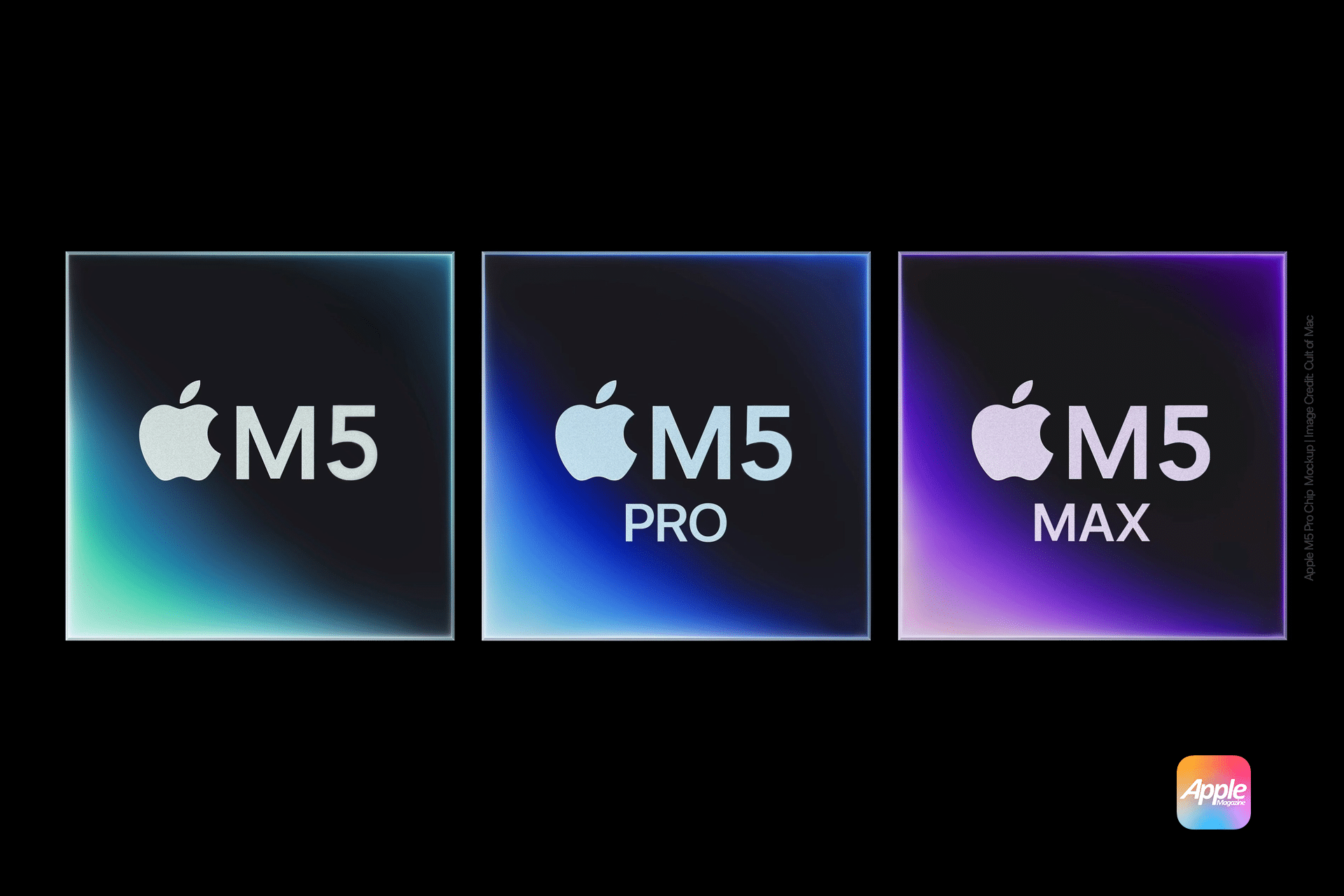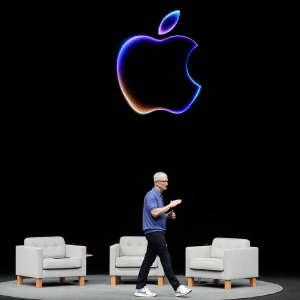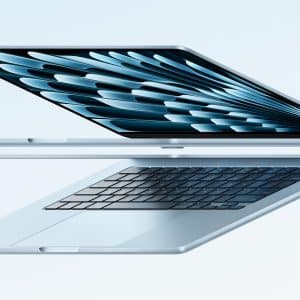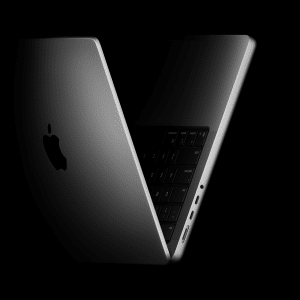The M5 MacBook Pro, slated for release in the first half of 2026, is shaping up to be a modest update. Built on TSMC’s third-generation 3-nanometer process (N3P), the M5, M5 Pro, and M5 Max chips will likely deliver a 15-25% performance boost over the M4 series, particularly in CPU-intensive tasks like video editing and software development. These chips are expected to enhance efficiency for AI-driven workflows, aligning with Apple’s push toward Apple Intelligence features. Beyond the processor, the M5 MacBook Pro may introduce Wi-Fi 7 for faster connectivity, a feature already present in the iPhone 16 lineup. Other tweaks, such as an improved 12MP FaceTime camera or expanded Thunderbolt 5 support, are possible but not confirmed.
The design, however, will likely remain unchanged from the current 14-inch and 16-inch models introduced in 2021. This means the same flat-edged, notch-equipped aesthetic with robust port selection, including HDMI, SD card slots, and MagSafe. For users upgrading from older M1 or M2 models, the M5’s performance bump could be compelling, especially for tasks like 4K video rendering or machine learning. Yet, for M4 owners, the upgrade might feel underwhelming, as the core design and feature set won’t shift dramatically.
The M6’s Big Promises
In contrast, the M6 MacBook Pro, expected in late 2026, is generating buzz for its “total redesign.” Apple is reportedly planning a thinner, lighter chassis, reversing the slight bulk added when transitioning to Apple Silicon. A key highlight is the shift to OLED displays, borrowed from the M4 iPad Pro, which promise richer colors, deeper blacks, and better power efficiency compared to the current mini-LED screens. There’s also talk of a touchscreen interface, a first for Macs, though Apple has historically resisted this move. Another potential game-changer is the inclusion of Apple’s in-house 5G modem, which could enable cellular connectivity without relying on iPhone tethering—a boon for professionals working on the go.
These changes signal a significant leap, but they come with risks. A thinner design could raise concerns about thermal management or battery life, especially after the butterfly keyboard era left some users wary of Apple’s ultra-slim experiments. The OLED transition, while exciting, may also increase costs, potentially pushing the M6 MacBook Pro’s price higher than the M5’s estimated $1,599 starting point for the 14-inch base model.
Navigating the Upgrade Decision
The choice between the M5 and M6 MacBook Pro hinges on timing and needs. For users with aging Intel-based Macs or early M1 models, the M5 MacBook Pro offers a solid step up. Its enhanced processing power and potential Wi-Fi 7 support make it a reliable workhorse for demanding tasks, from 3D rendering to software compilation. The M4 MacBook Pro, available now with discounts as high as $200, is another strong contender for those who can’t wait. For example, the 14-inch M4 model starts at $1,399, offering 16GB of RAM and Thunderbolt 5 in higher configurations.
However, if your current MacBook Pro (M3 or M4) is still performing well, waiting for the M6 could be wiser. The promise of OLED, a slimmer design, and possible cellular connectivity could redefine the MacBook Pro experience, especially for creatives who prioritize display quality or mobility. The risk of waiting, though, is missing out on immediate performance gains or facing higher costs due to potential tariffs on TSMC’s chips, which could nudge prices up by 10% or more.
A Practical Approach
For most users, the decision comes down to necessity. If your workflow demands more power now—say, for editing 8K footage or running complex simulations—the M4 or upcoming M5 MacBook Pro will deliver without forcing you to wait. If your current device is still capable, holding off for the M6’s overhaul might yield a more future-proof investment. Apple’s refurbished store also offers a fallback, with M3 and M4 models likely to remain available at lower prices post-M5 launch.
The M5 MacBook Pro’s incremental upgrades make it a safe bet for those needing a reliable machine soon, but the M6’s ambitious redesign could be worth the wait for those who can afford to hold off. Weigh your priorities—performance now or innovation later—and choose accordingly.















